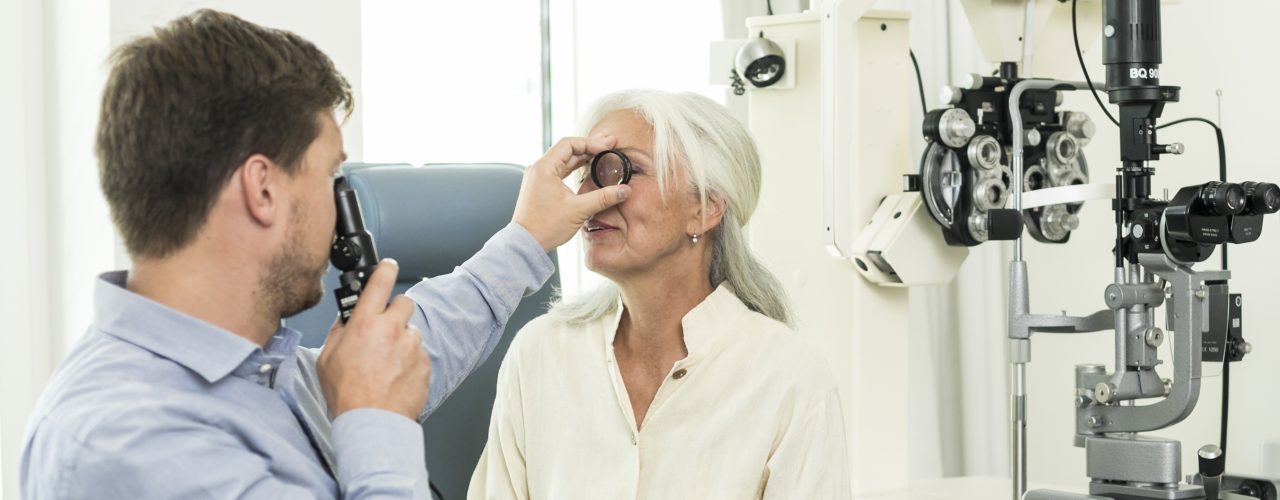In contrast to dry AMD, it can be treated effectively in many cases, but not in all concerned. In the treatment, effective drugs are entered into the eye under sterile surgical conditions. The procedure is called IVOM, an abbreviation for intravitreal drug delivery.
This procedure is also used for other diseases, for example:
IVOM is an intervention that can be used to treat certain macular diseases. The drug is entered into the vitreous cavity. The drugs available to us are LUCENTIS®, AVASTIN®, MACUGEN®, EYLEA®, JETREA® and steroids (OZURDEX® and ILUVIEN®).
The IVOM is a short procedure that is performed under local, usually only superficial, anesthesia. The surgeon enters the active substance into the vitreous through a thin cannula. The injection opening closes by itself. After the entry, an ointment is entered into the eye. A dressing is rarely necessary.
Of course, the intervention must be carried out under sterile operating conditions to avoid infection. Pain or poor vision in the first few days after an injection require immediate eye care. Fortunately, infections are extremely rare. The literature also describes retinal tears, retinal detachments, lens injuries or bleeding. Therefore, the intervention can only be performed by trained doctors. A first ophthalmological check is necessary in the first few days, in order to be able to recognize any signs of inflammation in good time.
An effective therapy for dry AMD is not yet known. However, there are studies that show a protective effectiveness of so-called antioxidants such as Vitamin C or E in very high doses and of lutein and zeaxanthin and certain trace elements such as copper and zinc from a certain stage of the disease (ARED1- and ARED2 studies).
The basis of all recommendations – as with many other diseases – will be a healthy, raw food, low-meat diet with green leafy vegetables, fruit and possibly fish twice a week.
Smoking should of course be avoided as it is a risk factor for developing AMD.
The tissue-protecting, subliminal laser allows treatment on the macula while avoiding thermal scarring. Extremely short micro-pulses enable a so-called “subthreshold” treatment in which the retina is not coagulated but the tissue is kept intact. The Micropulse ® mode can be used to treat many diseases such as diabetic macular edema (DMO) or central serous retinophaty (CSR).
